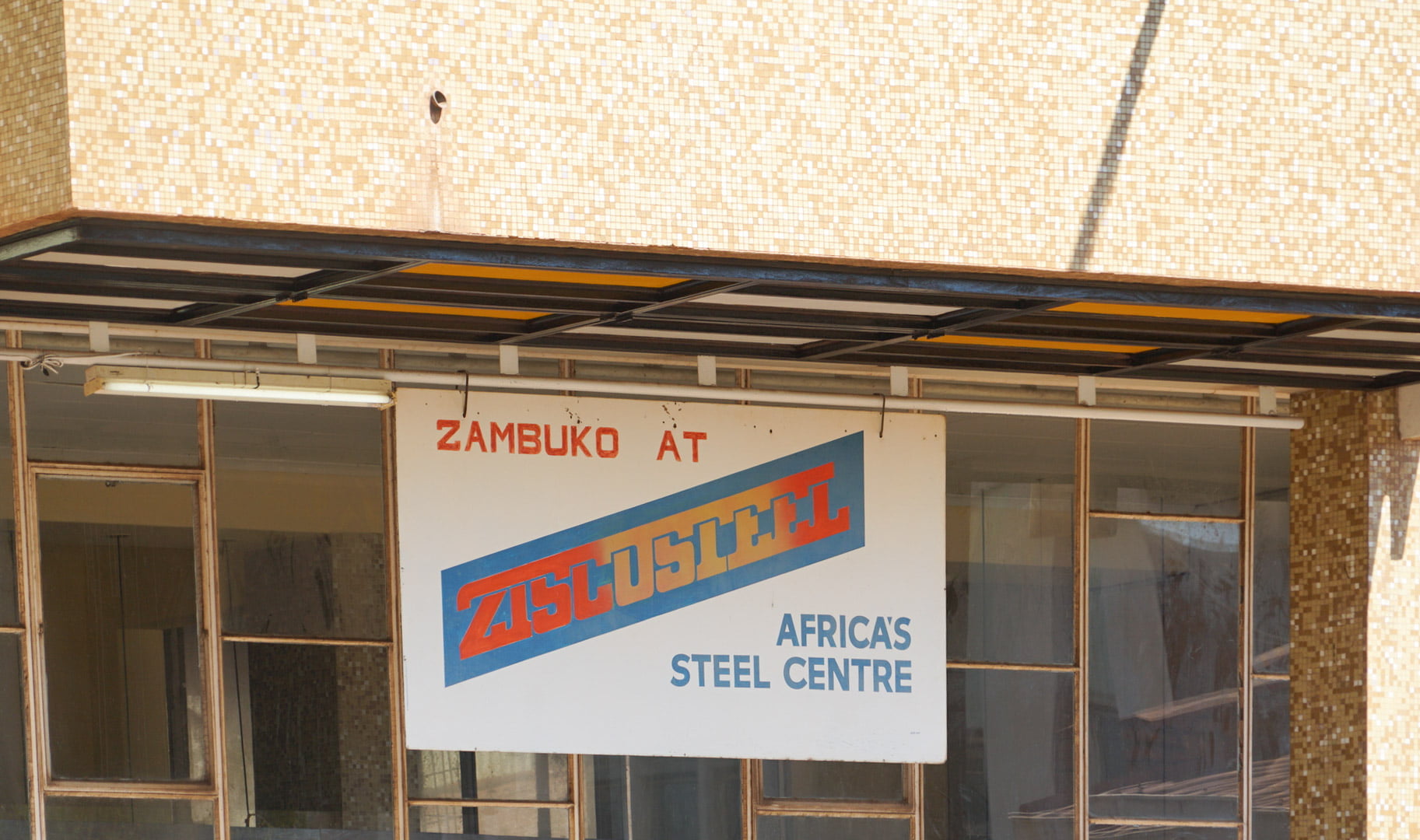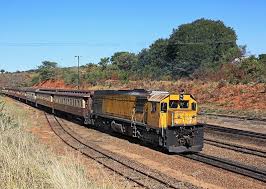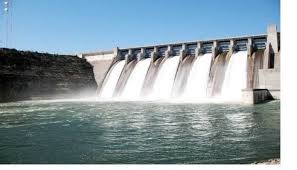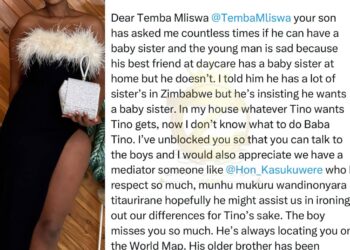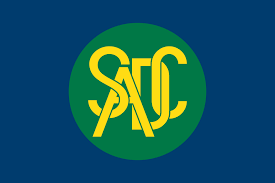ZIMBABWE Iron and Steel Company (Ziscosteel) Wednesday said its collapse was caused by prolonged power cuts and the United States imposed sanctions, dismissing corruption and mismanagement allegations.
The steel giant closed in January 2008 due to alleged systematic corruption and mismanagement. Since then the company was looking for an investor to resuscitate it and Kuvimba Mining House (KMH) came on board last year.
At its peak, ZISCO employed more than 5000 employees and according to officials, it currently has around 400 workers.Asked how the company will plug looting after its planned resuscitation CEO Farai Karonga told NewZimbabwe.com: “Those were allegations and investigations were made and they did not come up with any evidence.
“What made ZISCO collapse is that there were three national power cuts and subsequently cooling water problems for blast furnaces and batteries and that is the physical reason. Thereafter they were now failing to produce properly but remember we are also under sanctions, this place is under United States sanctions.
“They do not put those sanctions for fun, they have an effect in terms of access to capital, even when you sell your product, the funds movement is also affected,” Karonga said.
Karonga added the resuscitated plant will have an electricity generation facility to avoid power cuts challenges.
“These furnaces have molten material and if you cut off electricity, it freezes and that is when things start going haywire. The new plan will have a captive power plant,” he said.Since it collapsed In 2008
Engineer Martin Manuhwa also said the company will start by mining limestone and iron ore before resuscitating the steel plant.“We cannot start resuscitating the steel plant without looking at the whole integrated steel and iron value chain, so we need to, first of all, divide our operations into the iron ore mining business.
“The mining business becomes primary and we can then use it to grow and finance the steel business which requires quite a lot of investment between US$200 to US$300 million,” he said.
Source NewZimbabwe
